
Changes to Thresholds for Off-Payroll Working: What You Need to Know
Understanding the Off-Payroll Working Rules
Off-payroll working applies when a worker provides their services to a medium or large private sector company, or a public sector body, via an intermediary, such as a personal service company. To ensure compliance with these rules, the end client must carry out a status assessment. If this assessment determines that the worker would be considered an employee if they were directly working for the client, rather than through the intermediary, then tax and National Insurance contributions (NICs) must be deducted from payments to the intermediary and forwarded to HMRC. The worker will receive credit for these deductions against the tax and NICs they owe on the payments made to them personally.
For small private sector organisations, the off-payroll rules do not apply. Instead, the worker’s intermediary must assess whether the engagement falls under the IR35 rules, which applies if the worker would be deemed an employee had they been directly contracted with the end client. If so, the intermediary must calculate the deemed payment under IR35 at the end of the tax year and account for the appropriate tax and NICs.
HMRC offers a tool called the “Check Employment Status for Tax” (CEST) tool, which can help determine a worker’s status. This tool can be accessed on the Gov.uk website here.
Recent Changes in Thresholds
To determine if a company is considered ‘small’ under the off-payroll working rules, the Companies Act thresholds are used. These thresholds have recently been updated, and the new thresholds will apply from 6 April 2025. A company will now be classified as ‘small’ if at least two of the following criteria apply:
-
A turnover of no more than £15 million (previously £10.2 million)
-
A balance sheet total of no more than £7.5 million (previously £5.1 million)
-
A monthly average of 50 or fewer employees
What Does This Mean for You?
The update to the threshold will shift the responsibility of compliance. If an end client, who was not considered small under the old thresholds, now meets the definition of ‘small’ under the revised ones, the compliance burden will move from the end client to the worker’s intermediary. Workers providing services through an intermediary after 5 April 2025 will need to verify whether the end client is now classified as small. If the client is now small, they will no longer need to follow the IR35 rules. However, the intermediary will now be responsible for checking if the IR35 rules apply and ensuring compliance where necessary.
For more information, Book a Free Consultation
Need Accountancy Support?
For information on bespoke training, or if you have any other questions for Makesworth Accountant, please fill in your details below






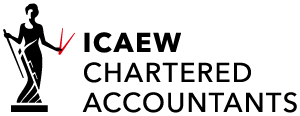

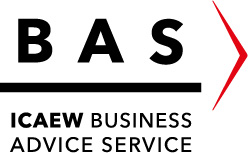

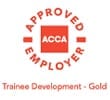
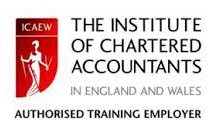


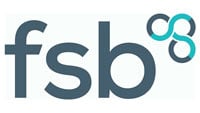

 151
151